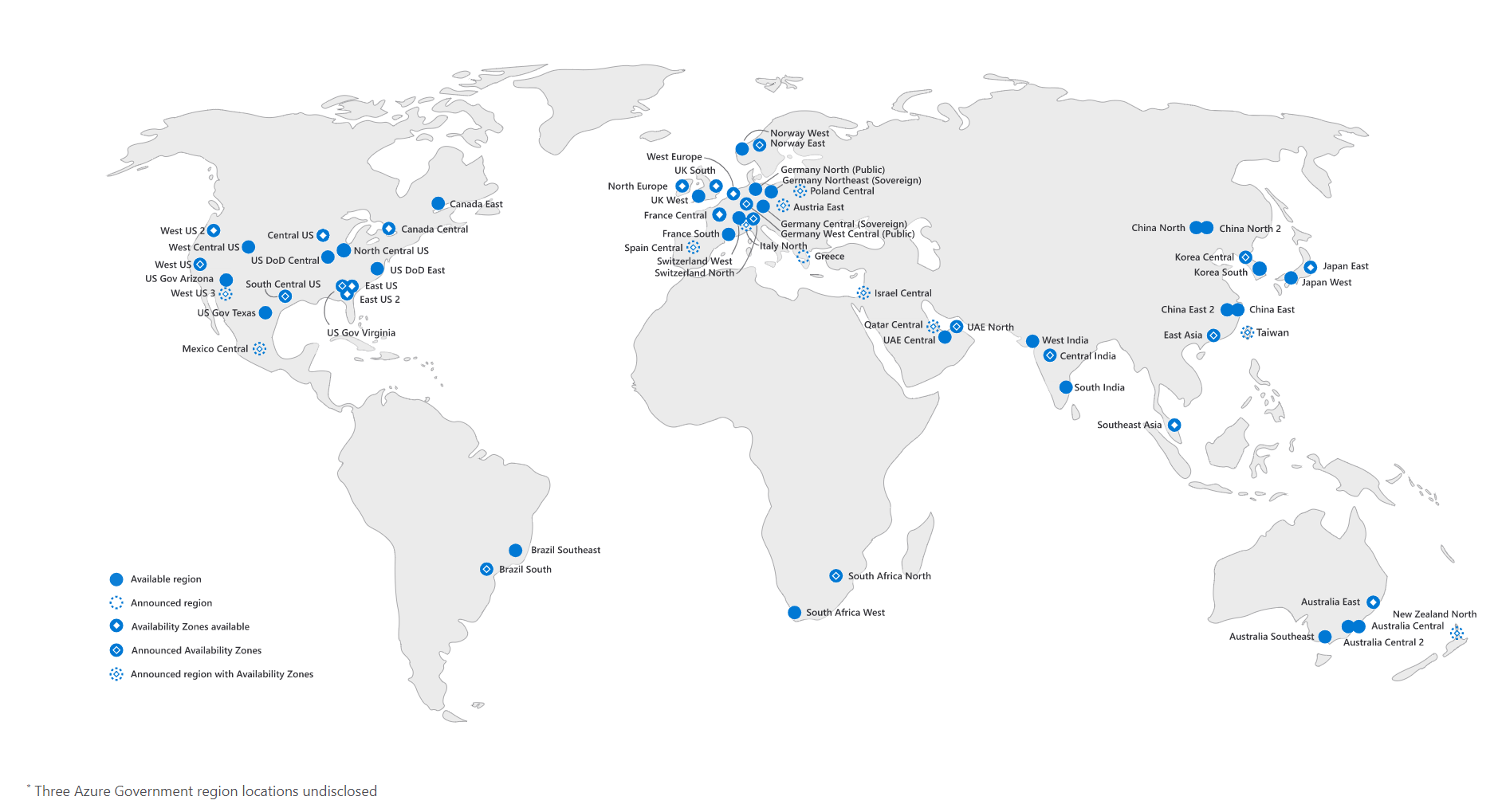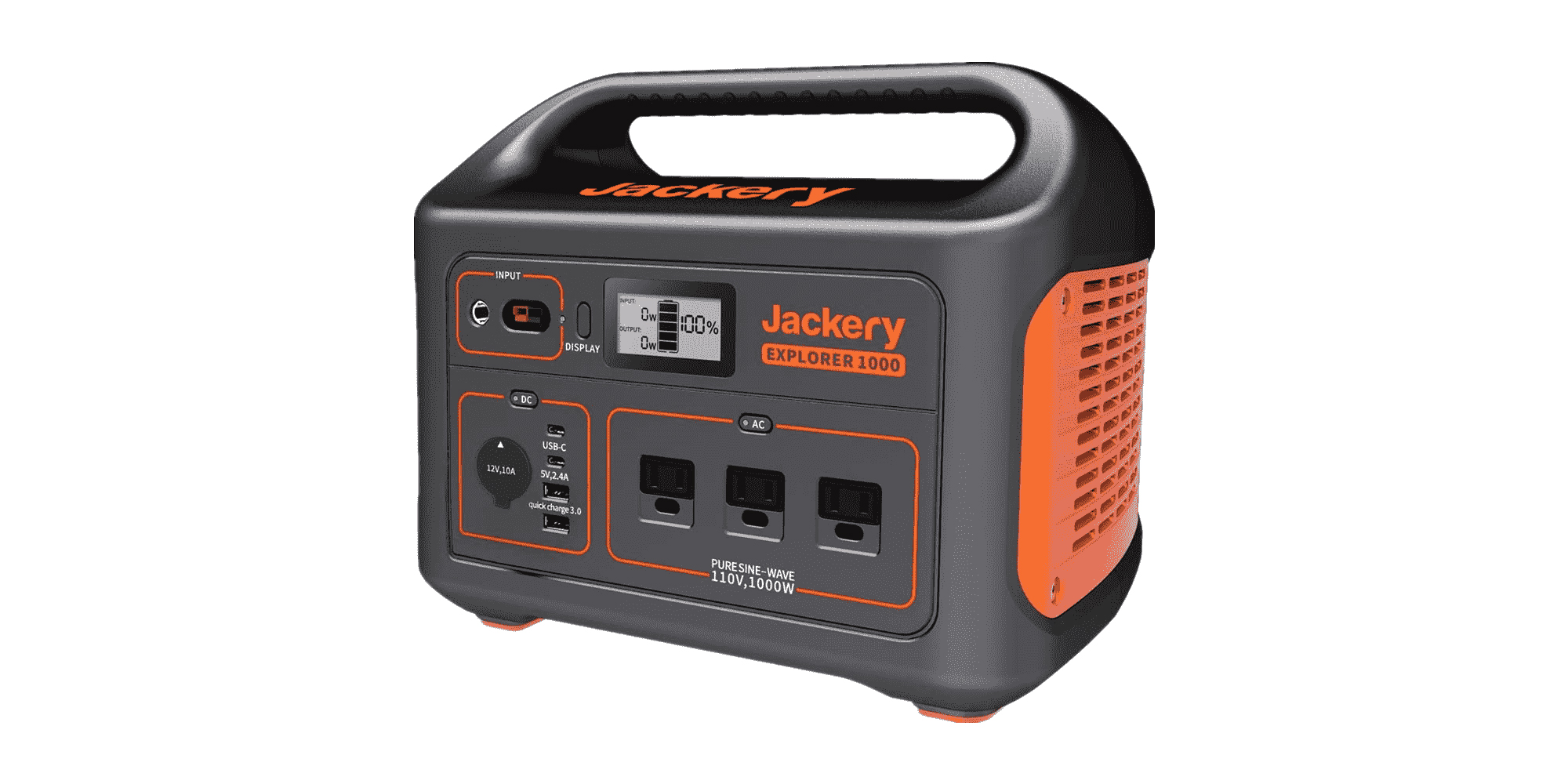Dr. Will Roper, the man in charge of the purse strings for the Air Force’s $60 billion research and development and acquisition budget, oversees some 550 programs for the Air Force.
It’s a huge responsibility that has massive implications for the future of the American military, and as the priorities for the military’s air and space command shift, Roper says that acquisitions will require an emphasis on working “at a pace that today’s technology, trends and threats require.”
The keys to the future of Air Force acquisitions will be agility and flexibility, Roper told an audience last month at the Air Force Association 2020 Virtual Air, Space and Cyber Conference, according to an Air Force report. “If you look at the world in which we live today, we must be agile,” Roper told the audience. “There are too many possible futures for us to pick one and build a force that’s geared to defeat it.”
That sentiment should give developers of new technologies $60 billion worth of reasons to pay attention when Roper joins us at TechCrunch’s Sessions: Space event this December 16-17.
Roper has placed an emphasis on what he calls digital engineering to create internal manufacturing capabilities within the Department of Defense and develop new defensive capabilities and offensive weaponry for a 21st century battlefield.
As the Assistant Secretary of the Air Force for Acquisition, Technology and Logistics — and principal adviser to the Secretary and Chief of Staff of the Air Force for R&D, test, production and modernization efforts within the Air Force — Roper has a view into where the military is racing ahead to meet the challenges of the battlefield of the next millennium.
In Roper’s view that could encompass the presence of weaponized artificial intelligence, persistent drones, or even genetically edited bioweapons or human augmentation, he told his virtual audience in that September presentation.
For Roper, the first order of business is to find a way to get the military innovating faster than consumer technologies — a task made that much more complicated by the lack of bureaucratic constraints private companies enjoy compared to their military counterparts.
“The last area that we have to have strategic agility is in being able to computerize or virtualize everything about our development and production, assembly, even sustainment of systems, so that we can finally get past the tyranny of the real world and take learning and feedback into the digital one,” Roper said in his September address.
The Air Force is already turning to digital-first design with its eSeries of hardware, which has already notched a huge win with the design, assemblage and testing of its Next Generation Air Dominance aircraft — designed to replace the FA-18 Hornet.
Roper comes to his position in the Air Force after what has already been a long and storied career in the military. He previously served as the founding director in the Pentagon’s Strategic Capabilities Office. First created in 2012, the SCO was designed to imagine new applications for existing government and commercial systems. During his tenure, Roper. grew the budget of the SCO from $50 million to $1.5 billion.
Under the program Roper developed new concepts like hypervelocity artillery, multi-purpose missiles, autonomous fast-boats, smartphone-navigating weapons, big-data-enabled sensing, 3-D printed systems, fighter avatars, and fighter-dispersed swarming micro-drones.
The breadth of Roper’s vision about the capabilities that the U.S. will need to compete in a 21st century combat scenario will likely be one of the subjects we discuss — as well as the role Roper sees for startups in developing those technologies.
Those contributions could come through participation in programs like AFVentures, which paid out nearly $800 million to companies for programs like the Air Force’s flying car program, as well as the nation’s space launch program.
“This is how we provide our forces the capabilities they’ll need to win on the unpredictable, rapidly evolving innovation battlefield in this century by fundamentally changing how we build and acquire systems and with whom we build them, so that no matter what our adversaries do in the future, we will have the agility to overmatch and win,” Roper told his audience in September. “Then we will innovate faster, we will adapt quicker and ultimately stay ahead to disrupt and win.”
To hear Roper’s thoughts on the future of the Air Force’s technological innovations, you can grab a ticket to get exclusive access to watch this session (along with many others) live (with access to video on demand), network with the innovators changing the space industry, discover the hottest early-stage companies, learn how to score grants for your space company, recruit talent or even find a job.
Get an early-bird ticket for just $125 until November 13. And we have discounts available for groups, students, active military/government employees and for early-stage space startup founders who want to give their startup some extra visibility.






